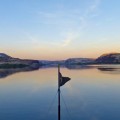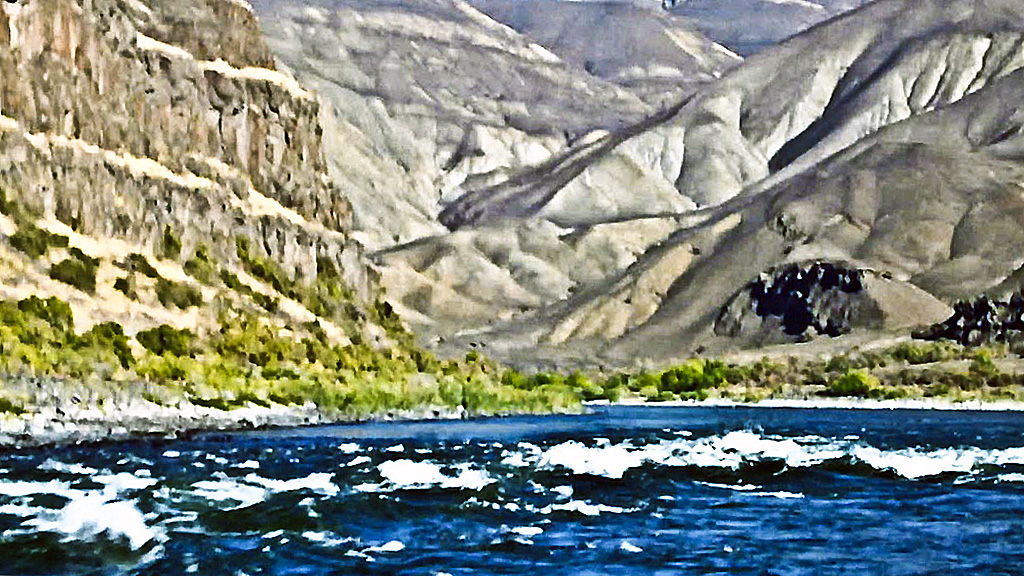
The water appears to boil as swirling whitecaps rise up over jagged rocks that lurk barely below the surface.
“Hang on! I’m going to be doing some really fast turns,” cautions the pilot of our Snake River Adventures Hells Canyon jet boat. We’re perfectly safe, he adds reassuringly, because this boat is made to navigate even churning Class 4 rapids, which might be death defying for anyone in a smaller boat.
It would be a rocky ride indeed if it wasn’t for the fact that this is a boat whose three 350-horspower motors form such a powerful jet of water beneath it that it literally skims across the top of waves.
This part of the Snake River is officially called Hells Canyon, named by pioneers who said the wild ride over its many rapids was as frightening as a trip to the underworld. One bank is Idaho, on the other you’re in Oregon.
We’re a long way from the Pacific Ocean, but this is still part of a cruise. Un-Cruise Adventures’ ship S.S. Legacy on its exploration up the Columbia and Snake Rivers has taken us all the way to Lewiston, Idaho (which boasts it’s Idaho’s only seaport). Like all of the cruise’s shore activities, today’s expedition is included in the Un-Cruise fare.
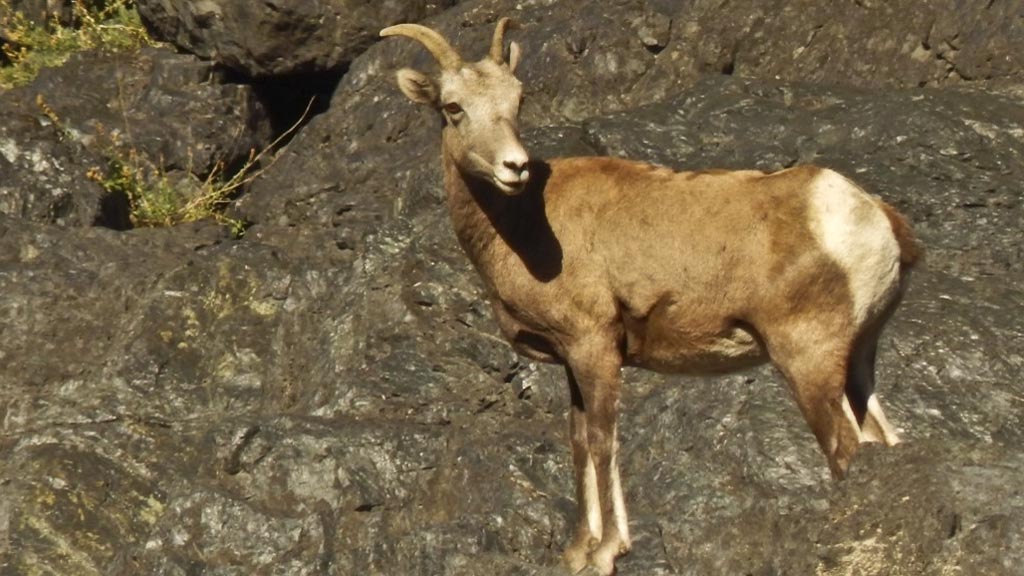
We’re on a day-long journey through a canyon whose walls in some places are so vertical they look as though they were built of bricks laid down by teams of master masons. But in this case, the engineer was Nature. It’s the result of eons of volcanic eruptions whose lava flows formed layers of rock that fractured like crystals as they cooled into patterns of squares and columns. Then the canyon was scoured out by torrential floods during the Ice Age.
As a kid I remember seeing bumper stickers urging people to help “Save Hells Canyon.” I couldn’t figure out why anyone would want to protect anything related to Hell.
But finally seeing this incredible chasm, I can see why there was such an outcry over the prospect that it could be destroyed in the name of progress. And I was to find out how close we came to losing this beautiful wilderness.
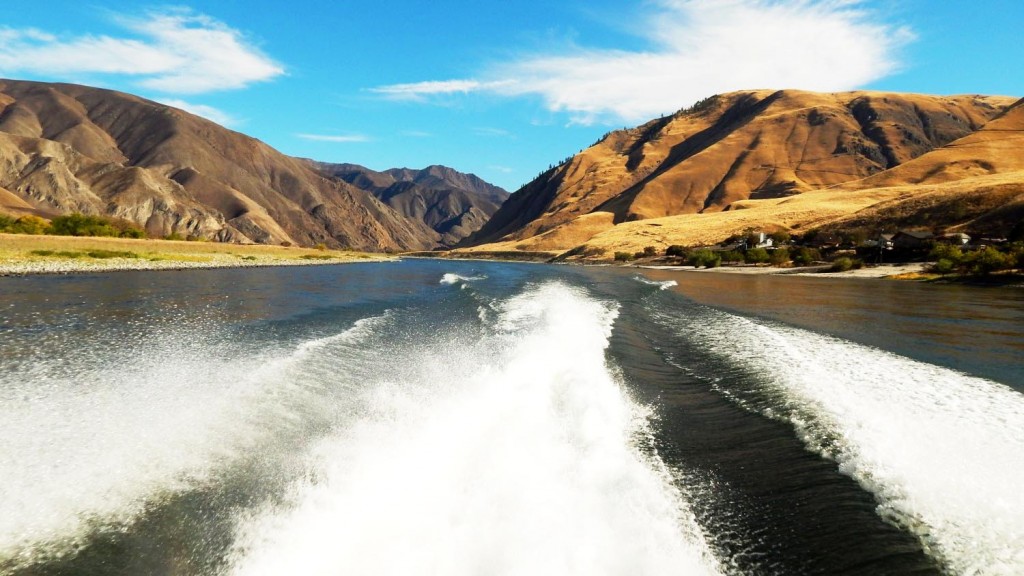
The Federal Power Commission decided to approve a series of dams to flood the canyon in the 1960s. A citizen action committee supported by the Sierra Club worked for nearly a decade to raise public resistance to the plan. The effort paid off in 1975, when President Gerald Ford signed a bill to preserve Hells Canyon as a National Recreation Area.
It’s the deepest canyon in North America—some say in the world. It’s four times deeper than the Grand Canyon at a point where the He Devil Peak looms 7,900 feet above the river.
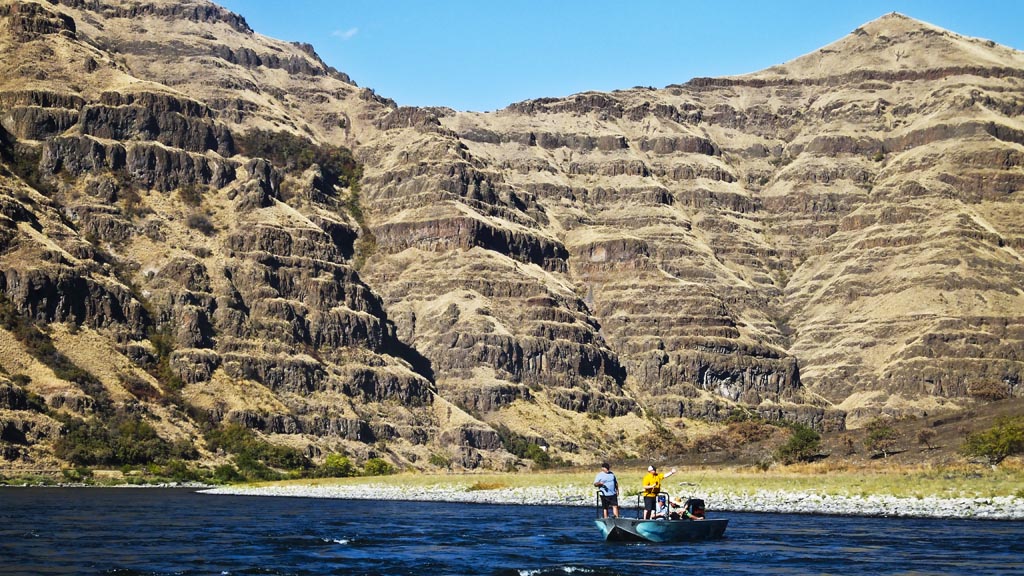
Early settlers found it tough to attract a woman to live in such a barren and inaccessible place, our guide says. Mail order brides used to mail themselves back home after looking around. Today folks do live on the outskirts of the park and some have set up suburban-style homes with incongruous lawns in the shadows of the sheer cliffs.
A few brave souls actually live in trailers and shacks inside the park in places that were inhabited before the area was protected. But what if they forgot to pick up bread on their way home? It’s an hour on a perilous road out to the nearest store.
There are some fertile valleys in the canyon that supported fruit orchards. These days, they’re run by the U.S. park service. We make stops, at noon,for a catered lunch, and later for an afternoon stretch, at orchards whose trees are heavy with tasty plums, apricots and figs we can sample. There’s also an ample crop of wild turkeys and deer on hand to greet us.

It’s still remarkably warm on this October day, with temperatures in the 80s. But winter here can be harsh. The river moves so fast that Hell never freezes over even in the bleakest of winters, we’re reassured. But I sure wouldn’t want to be out boating here in the winter when it’s 20 below.
We delve deeper and deeper into the canyon and the rapids get bouncier. If you’re doing this on your own, you could camp overnight and keep going to the furthest end where the rapids are at their most daunting. But we have to turn back to get back to the S.S. Legacy before dark.
I’m glad I got this insight into the river of Hell, but it’s time to get back to our ship, which is a replica of a steamship that sailed on the Columbia and Snake rivers in the 1890s. and gave pioneers their first look at the fantastic scenery of the northwest United States.
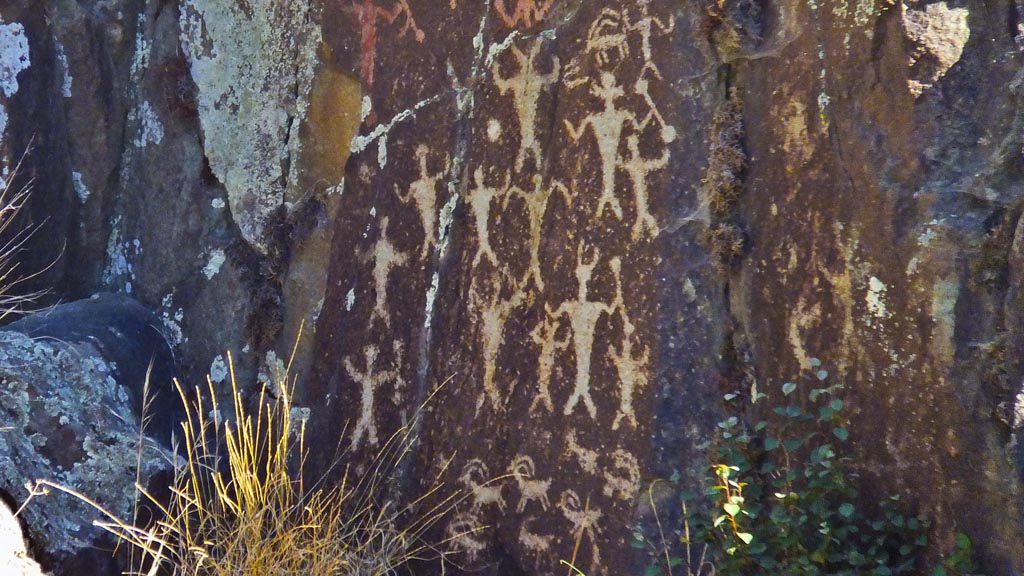
On our way out of the canyon, we made one last stop to view cliffs on which ancient tribes carved petroglyphs of humans and animals. These, of course, would be underwater today if dams had been built on the canyon.
The carvings may have something to do with pointing to the best hunting grounds, our guide suggests.
I read them to say: “This way to happy hour.”

